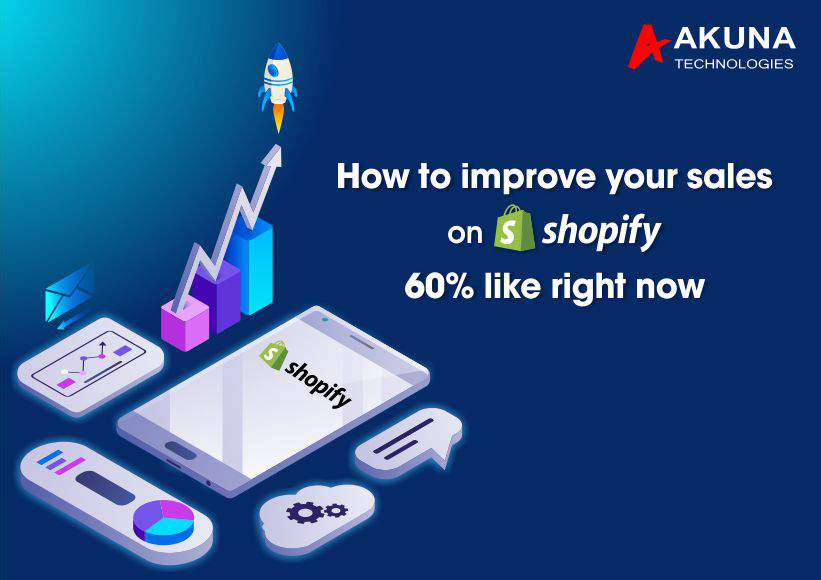
There are a few key points to consider as you set out to make it happen.

If something takes too much effort to keep it in the air, it’s too fragile. That’s what you need: simple, elegant, robust designs. I saw a picture once of a MiG cockpit: the handles all completely worn down by use, but they still worked. Do you know these old Russian MiGs? Brilliant military aircrafts. What you win in time with automating things frequently gets exaggerated, too: does all this complexity justify the few working hours you save every month? Let me use an example. Wouter: “People sometimes turn to automation too soon, when you often have more freedom without. You chose Shopify because you wanted ease of use (and maybe also because you have an open-source trauma), and then you throw all that overboard again by going headless? That is a pretty hefty pricetag for fast loading speeds and everything-in-one-place. To sum up, for Code the whole headless approach feels like an illogical ruse. But remember the pros need to outweigh the cost, time and effort. If you are ready to invest in a thorough preparation and an extensive development project, this might be the solution for you. Is all this worth it, for what it brings you? And aren’t there better, cheaper solutions available? Do you really need a Ferrari? Yes, you will get extreme performance, but you will pay a high price for purchase and maintenance, and you really need to know how to drive. We at Code know from experience that multiple relatively simple stores are easier to manage than one supercomplex store stuffed with expensive ‘business logic’ needed to adapt the site on the fly to the visitor’s location. Hence, they invest in features that make it easier to manage a multistore setup, such as multistore analytics dashboards, multistore staff management, multistore flow management and the ability to quickly clone an existing store. That way you can serve each local market from its own environment, without losing overview.Ī multistore setup is also what Shopify (and Shopify partner tools such as Klaviyo, Loyalty Lion, PIMs) assumes while further developing their platform. Hence, we think it’s smarter to built multiple simple stores that, combined, can do everything, than one very complex store to do it all. These are all much easier to implement in a multistore setup than in a single multiregion shop. In addition to all translations (pages, blogs, menus, labels, tags and microcopy) you will also have to put regional variations in the code somewhere.Īnd then we didn’t even talk about things like locally targeted marketing campaigns, local payment methods, a regional product range, and local quality certifications yet.

Sure, you can manage all your content from a single dashboard, but there are so many extra customizations per region to add that it will become a supercomplicated whole.

Localizing your store from a single storefront is a pretty complex undertaking.


 0 kommentar(er)
0 kommentar(er)
